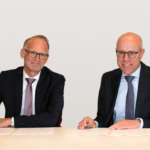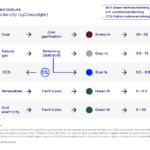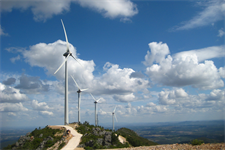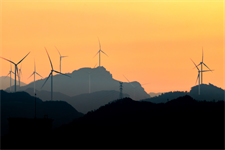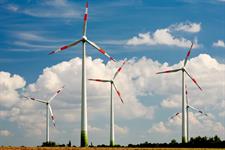Oman well-placed to be green hydrogen player with sufficient investment – IEA
Energy Disrupter
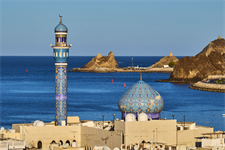
Oman plans to achieve net zero carbon emissions by 2050 and has a target to produce at least 1Mt of renewable hydrogen by 2030, rising to 3.75Mt by 2040 and up to 8.5Mt by 2050.
The IEA estimates that 50TWh of electricity would be needed to meet the 2030 power sector target alone. Adding ambitious hydrogen plans will require the “simultaneous large-scale deployment of captive renewables for hydrogen production”.
The level of investment needed by 2030 is estimated at $20 billion for captive renewable power dedicated to hydrogen production and $13 billion for electrolysis and ammonia conversion, alongside $4 billion required to achieve the target of 20% renewables in the power mix.
Large-scale rollout will bring costs down, the IEA has said, and help Oman achieve its renewables targets more cost-effectively.
Oman established Hydrogen Oman in 2022 to deliver a hydrogen strategy while setting aside 1,500 square kilometres of land to produce 1Mt/yr of hydrogen. It has also identified 50,000km2 of suitable land – enough to potentially produce 25Mt/yr of hydrogen.
Hydrogen and the green ammonia produced from it could be larger export earners for Oman than its current LNG exports, according to the IEA.
The country is geographically well-placed to access important markets like Europe and Japan. “Regardless of the eventual allocation of renewable resources between electricity production and hydrogen for domestic use or exports, renewable hydrogen is set to bring multiple benefits as Oman transitions towards a net zero economy,” the report said.
Click here to subscribe to the green hydrogen bulletin to receive fortnightly dedicated news, analysis and comment straight to your inbox.
To submit a news, comment, case study or analysis idea for the green hydrogen bulletin, contact the editorial team.







